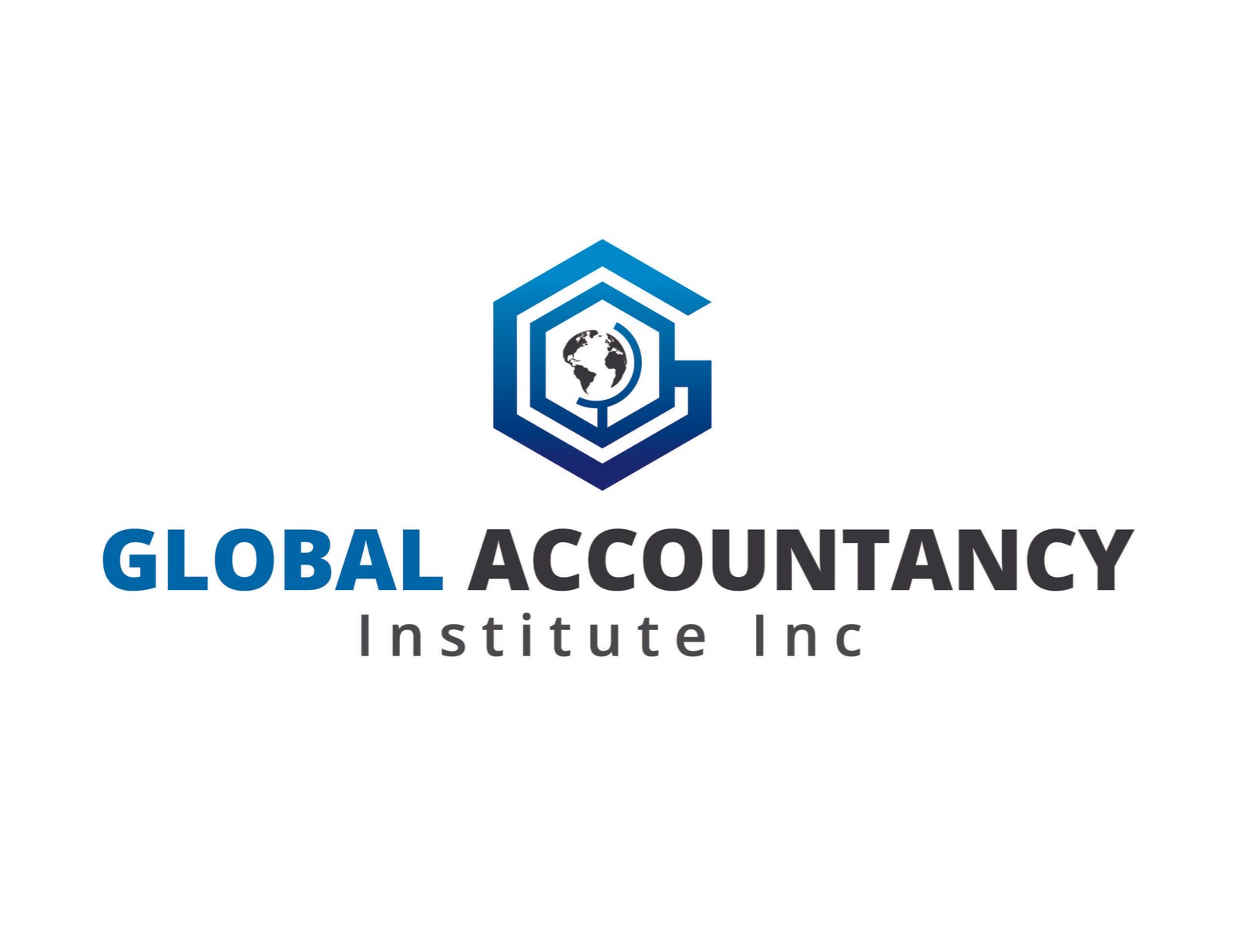Diversification in Prop Trading: The Multi-Asset Class Approach
- July 11, 2024
- Posted by: DrGlenBrown2
- Category: Finance, Trading, Diversification

Introduction
In the realm of proprietary trading, diversification is a key strategy for managing risk and enhancing returns. By spreading investments across various asset classes, traders can mitigate the impact of adverse market movements and capitalize on a broader range of opportunities. At Global Financial Engineering, Inc., we employ a multi-asset class approach to ensure a balanced and resilient trading portfolio, leveraging our advanced Global Algorithmic Trading Software (GATS) to execute this strategy effectively.
The Importance of Diversification in Proprietary Trading
Diversification is the practice of spreading investments across different asset classes, sectors, and geographies to reduce risk and improve potential returns. In proprietary trading, diversification offers several key benefits:
- Risk Mitigation: Diversifying across various asset classes helps to reduce the overall risk of the portfolio. If one asset class experiences a downturn, gains in other asset classes can help offset losses.
- Enhanced Returns: By tapping into multiple asset classes, traders can access a wider range of investment opportunities, increasing the potential for higher returns.
- Reduced Volatility: A diversified portfolio tends to be less volatile than one concentrated in a single asset class, leading to more stable performance over time.
- Exposure to Different Market Conditions: Different asset classes perform differently under varying market conditions. Diversification allows traders to benefit from different market cycles and economic environments.
Global Financial Engineering, Inc.’s Multi-Asset Class Approach
At Global Financial Engineering, Inc., we recognize the importance of diversification in achieving sustainable growth and profitability. Our multi-asset class approach involves trading a variety of financial instruments, including stocks, bonds, options, commodities, and derivatives. This strategy enables us to capitalize on a wide array of market opportunities and manage risk more effectively.
Leveraging GATS for Multi-Asset Class Trading
The Global Algorithmic Trading Software (GATS) plays a crucial role in our multi-asset class approach. GATS is designed to handle the complexities of trading across different asset classes, providing us with the tools and insights needed to make informed decisions. Here’s how GATS enhances our multi-asset class trading strategy:
- Comprehensive Market Analysis: GATS conducts real-time analysis across multiple asset classes, identifying trends and opportunities in stocks, bonds, commodities, and more. This comprehensive analysis allows us to make well-informed trading decisions.
- Advanced Algorithms: GATS utilizes sophisticated algorithms to execute trades across various asset classes. These algorithms are tailored to the unique characteristics of each asset class, ensuring optimal performance.
- Risk Management: GATS incorporates robust risk management features that monitor and control exposure across different asset classes. This ensures that our portfolio remains balanced and within our predefined risk parameters.
- Automated Execution: GATS enables automated execution of trades, allowing us to capitalize on market opportunities quickly and efficiently. This automation reduces the impact of human error and enhances the precision of our trading strategies.
The Benefits of a Multi-Asset Class Approach
Our multi-asset class approach offers several benefits that contribute to the success of our proprietary trading activities:
- Diversified Income Streams: By trading across various asset classes, we generate multiple income streams, reducing reliance on any single market.
- Resilience to Market Shocks: Diversification helps us withstand market shocks and economic downturns, ensuring more stable performance.
- Optimized Capital Allocation: GATS enables us to allocate capital efficiently across different asset classes, maximizing the return on investment.
- Broader Market Exposure: Our multi-asset class approach provides exposure to a wider range of markets and sectors, increasing the potential for profitable opportunities.
The GATS Trading Strategies
- Global Momentum Scalper (M1 Timeframe): Focuses on capturing quick gains from market momentum.
- Global Quick Trend Trader (M5 Timeframe): Aims to profit from short-term trends.
- Global Rapid Trend Catcher (M15 Timeframe): Targets rapid trend changes within the market.
- Global Intraday Swing Trader (M30 Timeframe): Utilizes swing trading techniques for intraday trades.
- Global Hourly Trend Follower (M60 Timeframe): Follows hourly trends to capture consistent profits.
- Global 4-Hour Swing Trader (M240 Timeframe): Trades based on 4-hour trend patterns.
- Global Daily Trend Rider (M1440 Timeframe): Rides daily trends for substantial gains.
- Global Weekly Position Trend Trader (M10080 Timeframe): Focuses on long-term weekly trends.
- Global Monthly Position Trend Trader (M10080 Timeframe): Targets monthly trends for long-term investment.
Conclusion
Diversification is a fundamental principle in proprietary trading, offering numerous benefits such as risk mitigation, enhanced returns, and reduced volatility. At Global Financial Engineering, Inc., our multi-asset class approach, powered by the Global Algorithmic Trading Software (GATS), allows us to capitalize on a wide range of market opportunities while managing risk effectively. By trading across various asset classes, we ensure a balanced and resilient portfolio that drives sustainable growth and profitability.
Stay tuned for our next article, where we will explore the psychological aspects of proprietary trading and how the right mindset is essential for success in this competitive field.
About the Author: Dr. Glen Brown
Dr. Glen Brown is the President & CEO of Global Accountancy Institute, Inc., and Global Financial Engineering, Inc. With over 25 years of experience in finance and accounting, he holds a Ph.D. in Investments and Finance. Dr. Brown is also the Chief Financial Engineer, Head of Trading & Investments, Chief Data Scientist, and Senior Lecturer at these esteemed institutions. His expertise spans financial accounting, management accounting, finance, investments, strategic management, and risk management. Dr. Brown’s leadership fosters forward-thinking and excellence in financial education and proprietary trading, nurturing the next generation of financial professionals through his visionary outlook and unique philosophical approach.
General Disclaimer
The information provided in this article is for educational and informational purposes only. It should not be construed as investment advice, financial advice, trading advice, or any other type of advice. Global Financial Engineering, Inc., Global Accountancy Institute, Inc., and Dr. Glen Brown are not liable for any financial losses or damages that may arise from the use of this information. Trading in financial instruments carries a high level of risk and may not be suitable for all investors. Before making any investment decisions, it is recommended to seek the advice of a qualified financial advisor.
